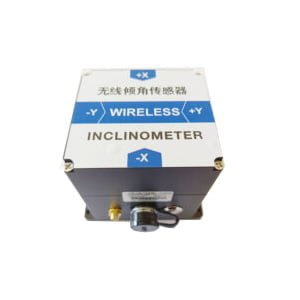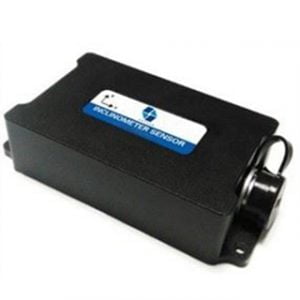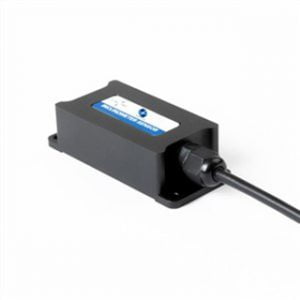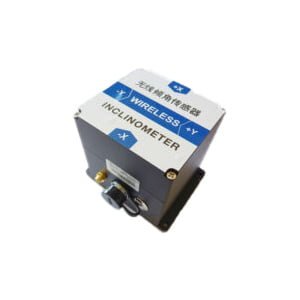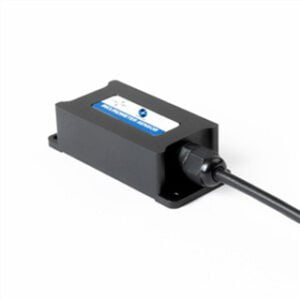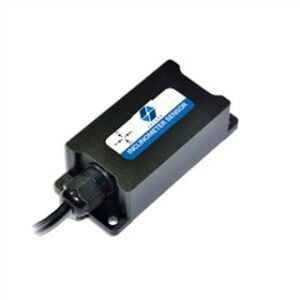Different concept
Tilt sensor is a tool for measuring various angle changes. It is usually divided into single axis, dual axis, wireless transmission tilt sensors, etc.
Acceleration sensor is a device that can measure acceleration force. The accelerating force is the force that acts on an object as it accelerates, just like the Earth's gravity, which is gravity. The accelerating force can be a constant, like g, or it can be a variable. There are two kinds of accelerometers: one is an angular accelerometer, which is modified by a gyroscope (angular velocity sensor). The other is a linear accelerometer.
Different working principles
Tilt sensors are based on Newton's second law: according to the basic principles of physics, inside a system, velocity cannot be measured, but acceleration can be measured. If the initial speed is known, the line speed can be calculated by integrating, and then the linear displacement can be calculated, so it is actually an acceleration sensor using the principle of inertia. For example, the ER-TS-3168CU tilt sensor, which uses the principle of inertia and built-in accelerometer, can measure the angular speed at rest, and can calculate the line speed through integration, which can accurately compensate and correct the temperature error and linear error. It has the characteristics of high precision, small size, high packaging process, strong impact resistance, anti-vibration ability, built-in anti-RF, anti-electromagnetic interference circuit, etc., especially suitable for the application of underground trenchless machinery and other harsh industrial environment. When the tilt sensor is stationary, that is, there is no acceleration in the side and vertical directions, then there is only gravity acceleration acting on it, and the angle between the vertical axis of gravity and the sensitive axis of the acceleration sensor is the tilt angle. The ER-TS-12200-Modbus wireless inclination sensor can directly measure the inclination angle of the carrier when it is stationary. It has the characteristics of ultra-low power consumption, small size and high performance, and is suitable for remote real-time monitoring and analysis of the needs of industrial sites, dangerous houses, ancient buildings, civil engineering, and various towers' inclination deformation.
The working principle of the accelerometer: The accelerometer is composed of an upper capacitor, a middle capacitor board (movable), and a lower capacitor board. When the acceleration reaches a certain value, the middle capacitor plate will move, and the distance from the upper and lower capacitor plates will change, and the upper and lower capacitors will therefore change. The capacitance change is proportional to the acceleration. After the output voltage is digitally processed, the digital signal is output.
Different application areas
As a kind of detection tool, inclination sensor has become an indispensable and important measurement tool in bridge erection, railway laying, civil engineering, oil drilling, aviation and navigation, industrial automation, intelligent platform, machining and other fields.

Accelerometers can be used in steel mast structures, bridges or building structures. It can also be used to protect hard drives from damage, as well as in medical and sports equipment, cameras and camcorders, smartphones, remote controls, controllers and navigation systems.
Conclusion:
The inclination sensor is the MCU, MEMS accelerometer (MEMS accelerometer is only one component of the inclination sensor integrated circuit board), analog-to-digital conversion circuit, and communication unit are all integrated on a very small circuit board, which can directly output angle tilt data, so that people can use it more conveniently.
More Technical Questions
1.What can a Tilt Sensor be Used for?
2.The Difference between Tilt Sensor and Gyro Sensor
4.How to install the tilt sensor?
5.What are Tilt Switches and Tilt Sensors?
6.How to Use the Tilt Sensor and How to Install It?
Products in Article
